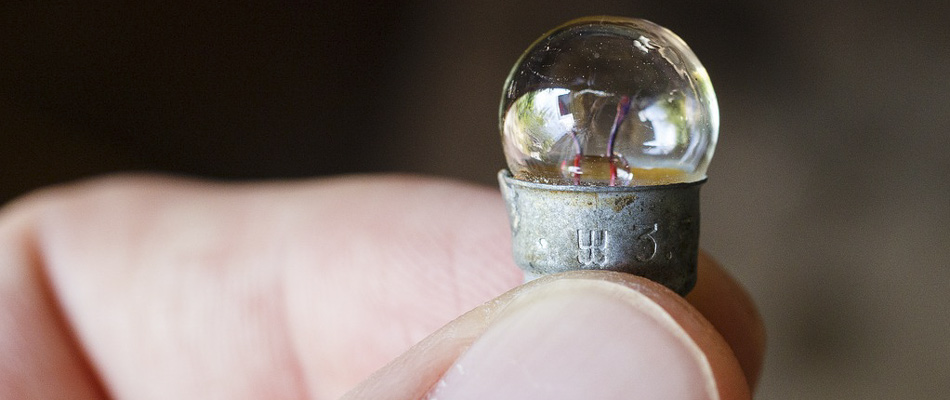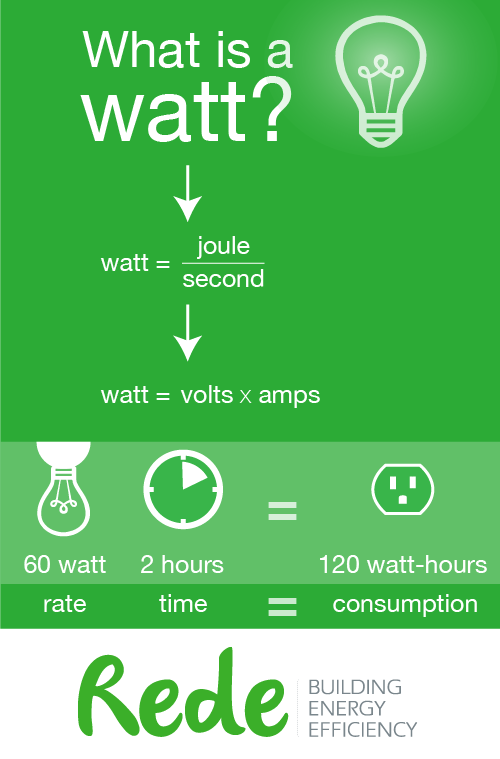Watts are a vital unit of measurement for electricity consumption and conservation, but it can be difficult to explain a magnitude of watts. Water consumption is often visualized by filling bathtubs or pools, but while electricity is basically invisible it can be compared to water in a pipe.
Here are some quick explanations to explain electricity energy conservation to colleagues, teachers and students.
What really is a watt?
A watt is the rate of electricity consumed. It is the work done per second, so a watt measures how much energy is consumed per period of time.
This is where the challenge arises from explaining watts – it isn’t a measurement of the total amount of electricity that is consumed, but rather the rate of electricity consumed or produced. Electricity conservation is more concerned with the overall magnitude of electricity consumed instead of how quickly the electricity was used.
Let’s use water in a pipe as an analogy: a watt is similar to the pressure in the pipe, which determines how much work the water can do. The larger the pipe diameter, the greater the available pushing power.
Where did watt come from?
A watt is a standard unit of power – one watt is equal to one joule per second. With this definition, watts can be used to explain the amount of power required for mechanical tasks. If you climb a three-metre-high ladder in five seconds, you did work at a rate of around 600 watts.
With some conversions, watts can be used to measure the work done through electrical potential difference. Watts = Volts * Amps. If a 12-volt phone charger is 0.9 amps, then 10.8 watts of electricity is transferred into the phone at one time.
And where did “watts” come from? In 1882, the British Association for the Advancement of Science named the unit of measurement after James Watt. The Scottish scientist, who lived from 1736 to 1819, advanced the steam engine that contributed to the Industrial Revolution.
The useful unit: watt-hours
Watt is a unit of power – the rate of work done. A watt-hour is a unit of energy – the magnitude of work. The amount of electricity consumed is measured in watt-hours, typically kilowatt-hours.
Here is the classic example: a 60-watt lightbulb turned on for 2 hours consumes 120 watt-hours of electricity.
In our water analogy, a watt-hour is the flow of water over time.
Here is another example: a car engine size is the power – the bigger the engine, the more horsepower. Gas is the energy and gas being run through the engine is the work being done over time. So a kilometre is the distance-equivalent of a watt, and a kilometre-per-hour is similar to a watt-hour.
Putting a price tag on watts
No matter how clear the explanation of watts is, it is still a challenge to visualize electricity consumption. Electricity is invisible and watt-hours is just a random number to most people. A price tag on electricity turns consumption into a concrete value.
1 kW is equal to about $1,000 . A device that required 1 kW to run will consume about $1,000 of electricity if left on for an entire year. For most people, 1 kW is just a random number. But $1,000 will make sense.
Your district’s electricity bills are part power and part energy. Part of the cost is in kWs, which is like renting a truck based on its hauling capacity. The other part is kWhs, which is like paying for the gas. One part is the power capacity and the other is the work done.
So that means there are a few ways to save energy. Lower the maximum power required in your facilities (such as turning off lights when the electric cafeteria stoves are on) or reduce how long electricity is consumed (such as reducing how long the lights are on).
Whatever approach you choose, you can save energy, save money and have a direct impact on your operating budgets.

